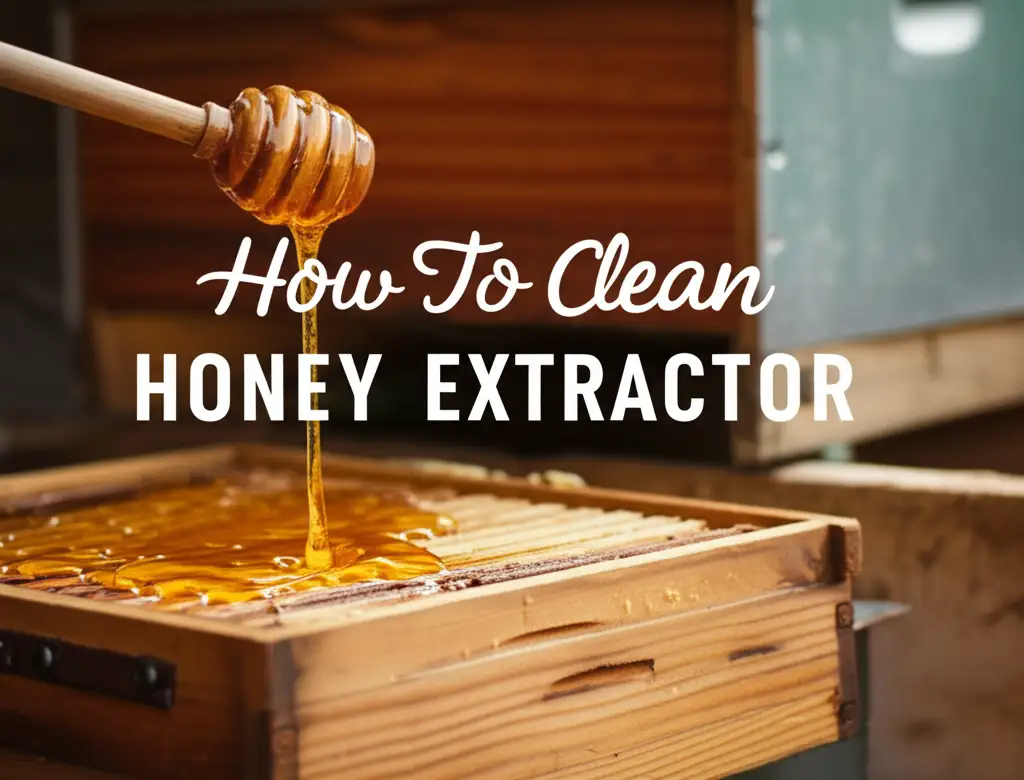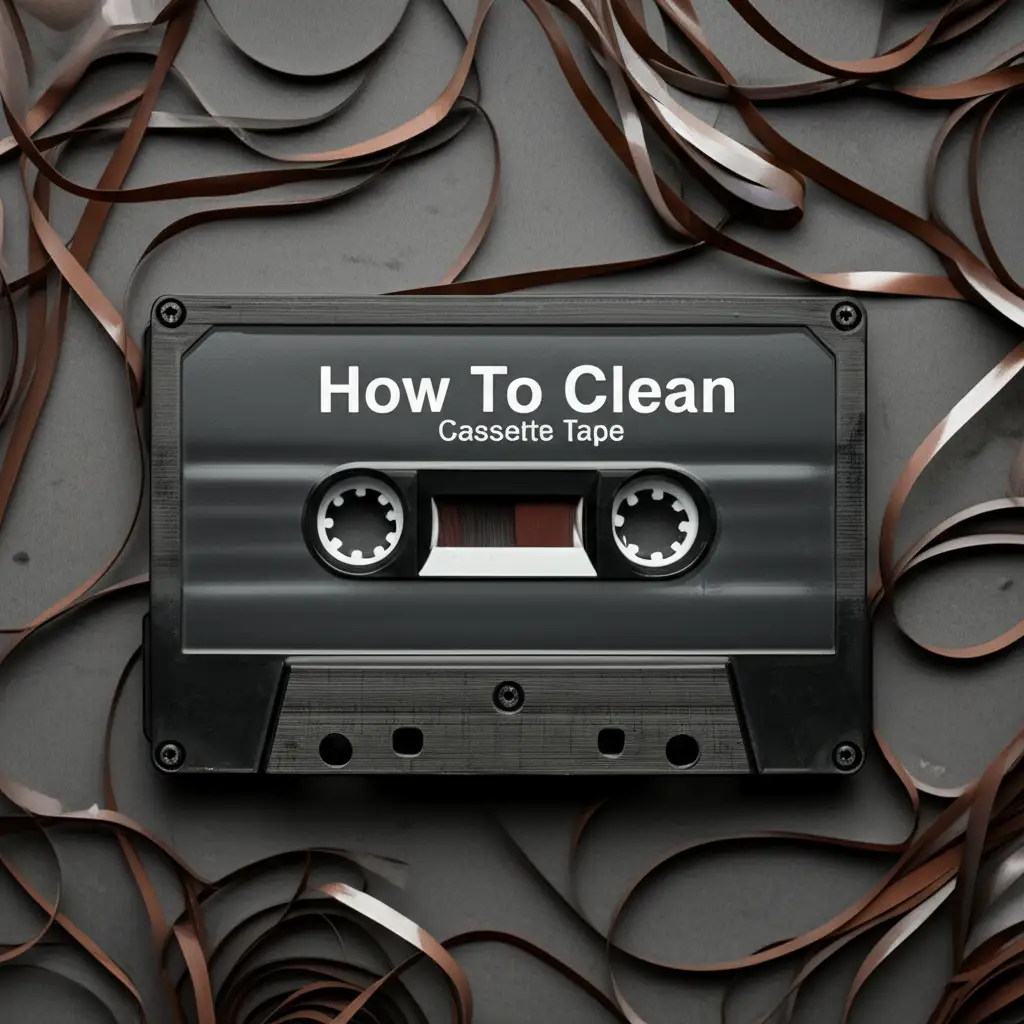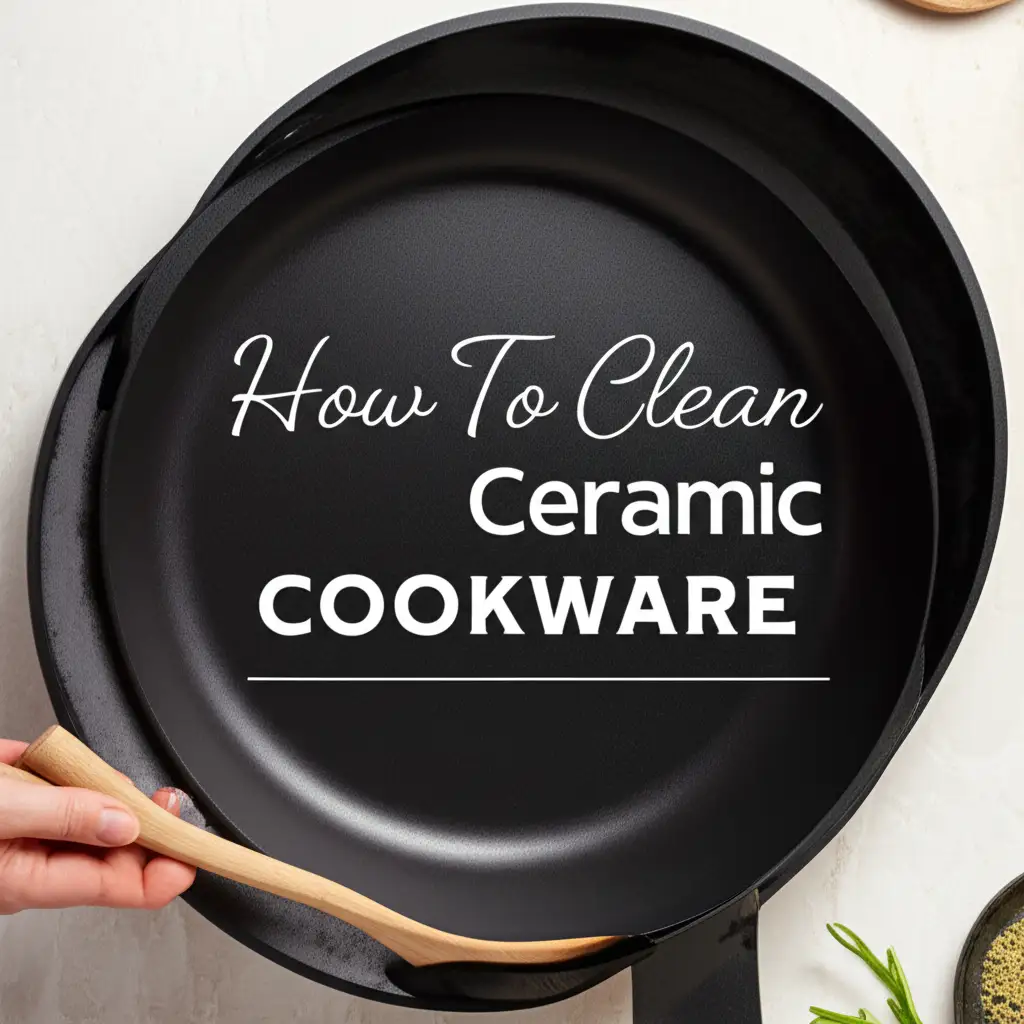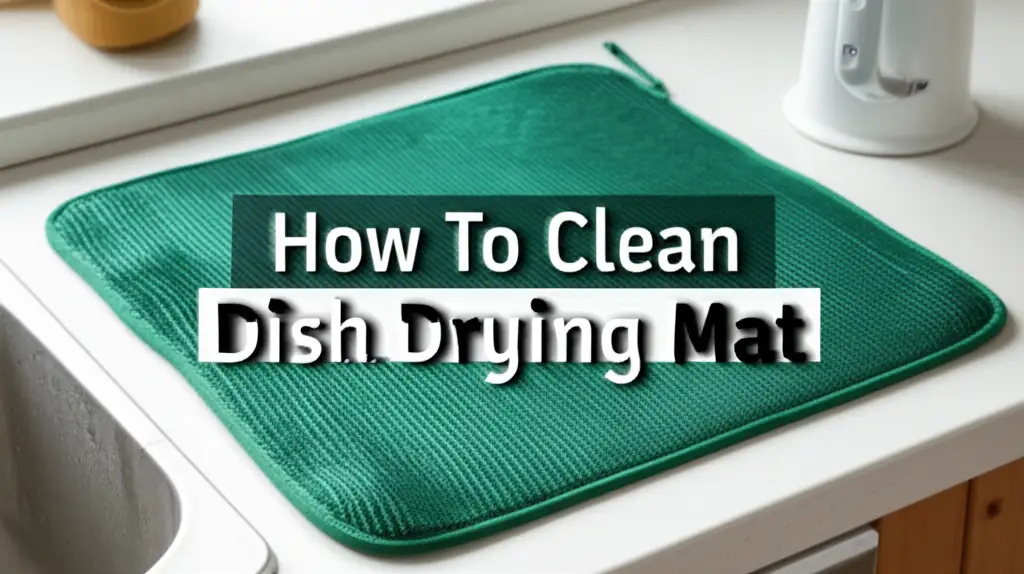· Beekeeping · 6 min read
How To Clean Beekeeping Gloves
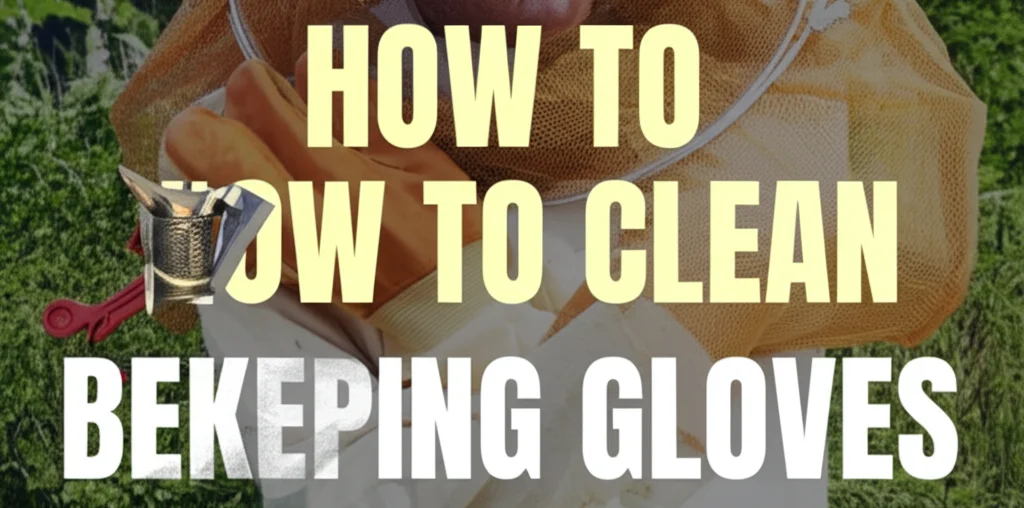
Keeping Your Hands Safe: How To Clean Beekeeping Gloves
Have you ever wondered how to properly care for your beekeeping gloves? Protecting your hands is paramount when working with bees, and keeping your gloves clean is just as important as wearing them. Dirty gloves can harbor bacteria, propolis buildup, and even attract more bees than clean ones. This article will guide you through the best methods for cleaning your beekeeping gloves, ensuring they remain effective, hygienic, and last for seasons to come. We’ll cover everything from quick rinses to deep cleaning, and discuss the best practices for different glove materials.
Takeaway:
- Regularly rinse gloves after each use.
- Use mild soap and lukewarm water for cleaning.
- Dry gloves thoroughly, away from direct sunlight.
- Inspect gloves for damage and repair as needed.
Quick Answer:
To clean beekeeping gloves, rinse them with lukewarm water after each use to remove propolis and debris. For a deeper clean, use mild soap, gently scrub, rinse thoroughly, and air dry completely. Proper cleaning extends glove life and maintains hygiene.
Why Cleaning Your Beekeeping Gloves Matters
Let’s face it, beekeeping isn’t a pristine activity. You’re dealing with sticky propolis, beeswax, and potentially agitated bees. Leaving residue on your gloves isn’t just unpleasant; it can compromise their protective function. Propolis buildup can make the gloves stiff and less flexible, hindering your dexterity. More importantly, it can attract bees to your hands, increasing the risk of stings. Regular cleaning ensures your gloves remain a reliable barrier between you and the hive.
Identifying Your Glove Material
Before you start cleaning, knowing what your gloves are made of is crucial. Different materials require different approaches. Most beekeeping gloves are made from one of these materials:
- Leather: Durable and provides excellent protection, but requires conditioning to prevent cracking.
- Canvas: Often coated with polyurethane or nitrile for bee sting protection, generally more affordable.
- Nitrile/Latex: Offers a tight fit and good dexterity, but can be punctured more easily.
- Synthetic Blends: Combine the benefits of different materials, offering a balance of protection and flexibility.
Understanding your glove material will help you choose the right cleaning method and avoid damaging them. If you’re unsure, check the manufacturer’s label or website.
The Daily Rinse: Maintaining Glove Hygiene
The easiest way to extend the life of your beekeeping gloves is to rinse them after every use. This simple step removes loose propolis, beeswax, and other debris before they can harden and become difficult to remove. Just run lukewarm water over the gloves, gently rubbing them together to loosen any residue. Avoid using hot water, as it can damage some materials. This quick rinse takes only a minute or two and makes a huge difference in maintaining glove hygiene. For a more thorough clean, consider using a soft brush to gently scrub away stubborn residue.
Deep Cleaning Your Beekeeping Gloves
Sometimes a simple rinse isn’t enough. If your gloves are heavily soiled or have a noticeable buildup of propolis, a deep cleaning is necessary. Here’s how to do it:
- Prepare a Cleaning Solution: Mix a small amount of mild soap (like dish soap or a specialized glove cleaner) with lukewarm water. Avoid harsh detergents or bleach, as these can damage the glove material.
- Gently Scrub: Dip a soft brush or cloth into the cleaning solution and gently scrub the gloves, paying attention to areas with heavy buildup. Avoid excessive scrubbing, which can wear down the material.
- Rinse Thoroughly: Rinse the gloves under lukewarm water until all traces of soap are gone. Ensure no soap residue remains, as it can irritate your skin.
- Dry Properly: This is critical! Air dry the gloves completely, away from direct sunlight or heat. Direct sunlight can cause leather to crack and synthetic materials to degrade. You can stuff the gloves with clean paper towels to help them maintain their shape while drying.
For leather gloves, consider applying a leather conditioner after cleaning to keep them supple and prevent cracking. You can find excellent leather care products at most tack or outdoor supply stores. If you need to clean other protective gear, you might find information on how to clean receiver gloves https://www.beacleaner.com/how-to-clean-receiver-gloves helpful.
Cleaning Specific Glove Materials
Different materials require slightly different care. Here’s a breakdown:
- Leather Gloves: Clean with a damp cloth and mild soap. Condition regularly with leather conditioner. Avoid soaking in water.
- Canvas Gloves: Can be machine washed on a gentle cycle with mild detergent. Air dry completely.
- Nitrile/Latex Gloves: Hand wash with mild soap and lukewarm water. Avoid abrasive cleaners. Inspect for punctures regularly.
- Synthetic Blend Gloves: Follow the manufacturer’s instructions. Generally, hand washing with mild soap is recommended.
Always check the manufacturer’s care instructions for the best results. Proper care will significantly extend the life of your gloves. If you’re also looking for ways to clean other protective gear, like batting gloves, check out this guide on how to clean baseball batting gloves https://beacleaner.com/how-to-clean-baseball-batting-gloves.
Repairing and Storing Your Beekeeping Gloves
Once your gloves are clean and dry, inspect them for any damage, such as tears or punctures. Small tears can often be repaired with a needle and thread or a specialized glove repair kit. Addressing damage promptly prevents it from worsening and ensures your gloves continue to provide adequate protection.
Proper storage is also important. Store your gloves in a cool, dry place, away from direct sunlight and extreme temperatures. Avoid storing them in a tightly sealed container, as this can trap moisture and promote mildew growth. Hanging them up or storing them in a breathable bag is ideal. For more delicate gloves, like those with cashmere lining, you might find tips on how to clean leather gloves with cashmere lining https://www.beacleaner.com/how-to-clean-leather-gloves-with-cashmere-lining useful.
Frequently Asked Questions (FAQ)
Q: Can I use bleach to clean my beekeeping gloves?
A: No, avoid using bleach or harsh chemicals as they can damage the glove material and potentially leave harmful residues. Mild soap and water are the best options for cleaning.
Q: How often should I deep clean my beekeeping gloves?
A: Deep clean your gloves every few weeks, or more often if they become heavily soiled. A daily rinse after each use will help minimize the need for frequent deep cleaning.
Q: What’s the best way to dry beekeeping gloves?
A: Air drying is the best method. Avoid direct sunlight or heat, as these can damage the material. Stuffing the gloves with paper towels helps maintain their shape.
Q: Can I put my nitrile gloves in the washing machine?
A: It’s generally not recommended. Hand washing is gentler and will help prolong their lifespan. Machine washing can cause them to tear or degrade.
Q: How do I remove stubborn propolis from my gloves?
A: Try soaking the affected area in warm water with a bit of mild soap for a few minutes before gently scrubbing. You can also use a specialized propolis remover if needed.
Conclusion
Cleaning your beekeeping gloves is a simple yet essential part of beekeeping. By following these guidelines, you can ensure your gloves remain hygienic, protective, and durable for years to come. Remember to identify your glove material, rinse after each use, deep clean regularly, and store them properly. Investing a little time in glove maintenance will save you money in the long run and, most importantly, keep your hands safe while you enjoy the rewarding experience of beekeeping. Don’t underestimate the importance of clean beekeeping gloves – they’re a vital piece of your protective gear!

